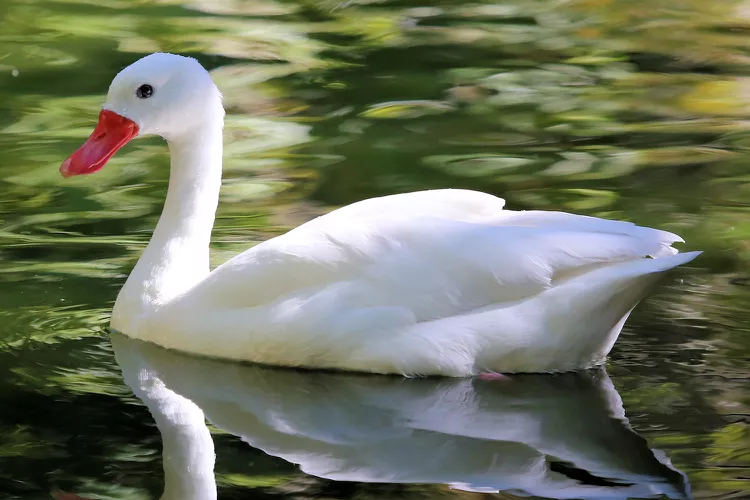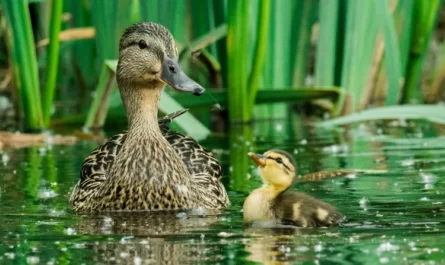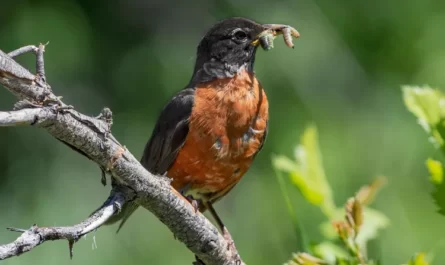
IN THIS ARTICLE
The iconic swan, a familiar variety of waterfowl, includes only seven species worldwide spread across five continents. (Swans are not natively found in Antarctica or Africa, although vagrants may appear in Africa, on occasion.) Though only a few species exist, these birds are often displayed in aviaries, zoos, and botanical and estate gardens, making them recognizable by both avid birders and non-birders alike. In the wild, swans can be found swimming in marshes, lakes, wetlands, and even urban and suburban ponds. And while swans as a whole are not considered endangered, certain species, like the trumpeter swan, are deemed threatened in certain states, and all species of swans are protected internationally.
Swans: A Symbol of Love
Swans mate for life and are viewed as loyal birds. The image of two swans coming together to form a heart shape is so recognizable and storied that it has made them a symbol of romance. You will see swans displayed in wedding decor and used on Valentine’s Day and anniversary cards. And while true romantics believe that the monogamous love between swans runs deep, mating for life is more of a survival tactic. The swan’s main purpose is to reproduce as many cygnets (baby swans) as they can. So, instinctually, it’s best for them to migrate, establish their territory, and raise their young in pairs, rather than searching for a new mate each season.
Size and Weight
All swan species belong to the bird family, Anatidae, alongside geese and ducks. But swans will never be confused for their smaller cousins, as they are unusually large water birds, with the smallest, the coscoroba swan, measuring an average length of 40 inches (101 centimeters), with a wingspan of 60 inches (152 centimeters), and a weight of 8 to 12 pounds (3.6 to 5.4 kilograms). The trumpeter swan—the largest of the swan species—averages 60 inches (152 centimeters), with a wingspan of 95 inches (241 centimeters), and a weight of 15 to 30 pounds (6.8 to 13.6 kilograms). There is a great deal of variation among individual swan sizes, as well, as males are generally larger and heavier than females.
Characteristics
Swans are not only unique because of their large size. Their primarily white plumage (except for the black swan) sets them apart from other waterfowl in their family. Swans’ necks are also long and slender and held in a graceful curve or S-shape, except when in flight. Their heads, on the other hand, are proportionally small when compared to their neck and body; and their legs are shorter than would be expected for such large birds.
In flight, swans seem ungainly and awkward with their thick, heavy body and long neck. They are equally as clumsy on land, with a lumbering gait. Swimming is where swans shine, as their huge webbed feet allow them to drift gracefully and swim in quick bursts of speed when necessary.
Diet
With their spatulate, or spoon-shaped, bill, swans like to snack and will nibble through mud, weeds, grasses, and water to satisfy their generally herbivore diet. They eat grain, seeds, grass, leaves, rootlets, and the tender parts of any aquatic plants they can reach. Their long necks make these birds effective foragers in deep water and along shorelines, where they reach for submerged vegetation. This adaptation gives swans the leading edge, as they can feed alongside other waterfowl with less reach.
List of Swan Species
- Trumpeter Swan (Cygnus buccinator): The iconic trumpeter swan is the heaviest living bird in North America and one of the oldest species of waterfowl. It’s recognized for its snow-white plumage, its black bill, and its immense wingspan (up to 8 feet wide).
- Coscoroba Swan (Coscoroba coscoroba): The coscoroba swan, the smallest of the species, lives in Argentina, Bolivia, Brazil, Chile, Paraguay, Uruguay, and the Falkland Islands. It has bright white feathers and a distinctive red “duckbill.”
- Black Swan (Cygnus atratus): The black swan—the most provocative of the bunch–hails from the southeastern and southwestern regions of Australia. It lives in lakes, rivers, and swamplands of fresh, salt, or brackish water.
- Black-Necked Swan (Cygnus melancoryphus): The black-necked swan has a white body, a black neck, and a bright red basal knob. It is native to Argentina, Brazil, Chile, Uruguay, and the Falkland Islands.
- Mute Swan (Cygnus color): The mute swan is native to Eurosiberia and Asia, and was brought to North America from Europe. In some areas of the northeastern United States, this species has run rampant and is considered a pest.
- Tundra Swan (Cygnus columbianus): The tundra swan is named for its breeding grounds—the northernmost part of Arctic North America. It migrates long distances to the south, and takes up residency in lakes, rivers, bays, and estuaries during the winter.
- Whooper Swan (Cygnus cygnus): The whooper swan (sometimes referred to as the “common swan”) can be found traveling between Siberian and northwestern North America. It is almost as big as the trumpeter swan with white plumage and a yellow basal knob.
Sustainability of Species
Today’s worldwide swan populations are mostly healthy and thriving, despite the fact that the trumpeter swan was nearly driven to extinction in the early 20th century. Its celebrated comeback has removed all species from the endangered list. That does not mean that conservation measures are not necessary, however. Swans consistently face population decline due to hunting, habitat loss, and pollution, and it would not take much to see numbers plummet. With so few species, swans are considered “protected,” and harming them or their habitat is unlawful in almost all countries.




